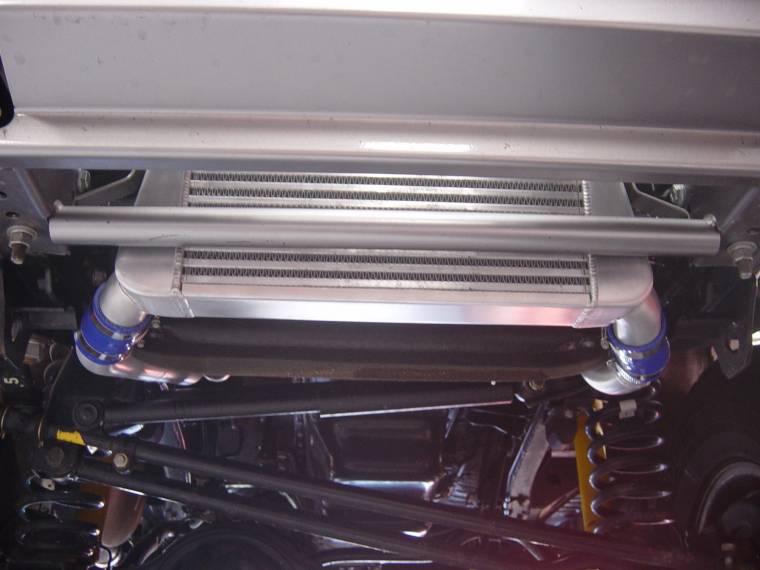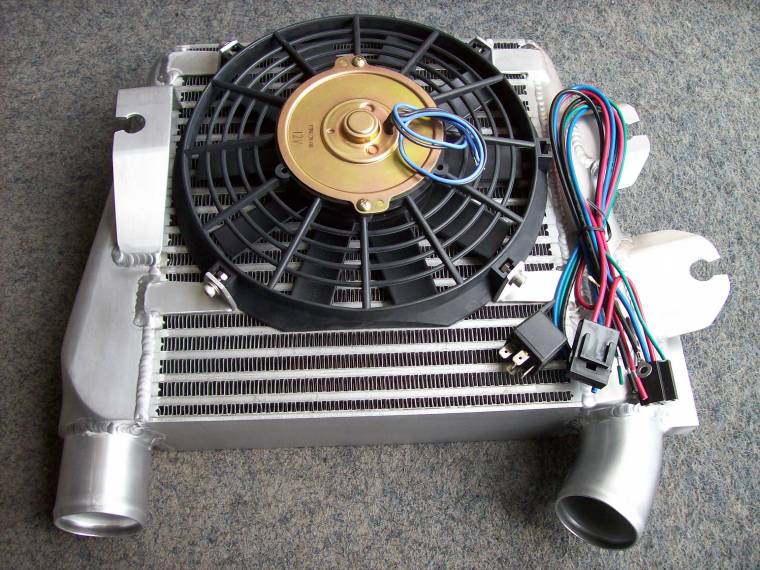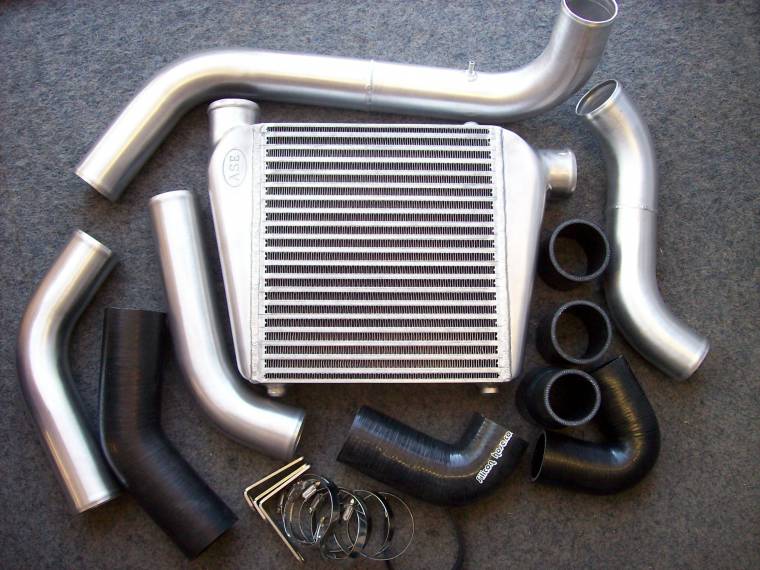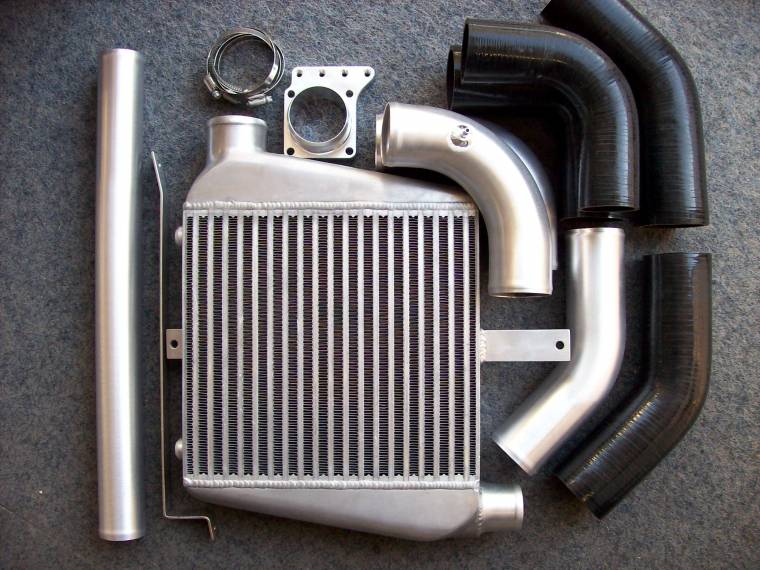
The torque increase delivered by fitting a Intercooler Kit to a turbocharged diesel 4WD can be substantial. The engine generates greater output due to the gains in efficiency derived from the reduced ambient temperature of the inducted air, and increased airflow. The reduced temperature allows the use of higher fuel load and boost pressure settings for achieving even greater output.
Increasing both turbocharger boost pressure and fuel input increases combustion temperature, hence energy output of the engine. Ultimately the maximum output of the engine is limited by combustion temperature and engine component failure.
An Intercooler is fitted between the turbocharger outlet and the engine intake manifold to reduce intake air temperatures. This allows the setting of higher boost and fuel loads but retain moderate combustion temperatures, required for engine longevity.
However, an Intercooler is not a must have, it depends on what performance improvement you want or need to achieve from the engine. This is really the crux of the performance improvement decision – what do you need your vehicle to do?
Each person is different, different tyre sizes, different accessories fitted (read weight), different towing issues – these are the factors that relate to the turbo and/or intercooler fitting to your vehicle.
If you want to run boost over 10psi, the intercooler does becomes a must have. Higher boost means more air = more fuel to make the mixtures balanced. Below that 10psi boost, you can fit an intercooler if you want, but there is no major gain in performance or fuel economy. Intake temperatures will be slightly lower so combustion temperatures will be slightly lower but running temperature will be unaffected as the thermostat regulates water temperature.
So, the issue is where do you need the torque to be in the RPM range?
3 quite different examples are:
From there, look at Cost, Fuel Economy, Reliability and Warranty.
The graphs below (click to enlarge) display the obvious advantages of turbocharging and intercooling the normally aspirated engine.
The end result of fitting an intercooler is an engine with more torque, greater flexibility through the RPM range, predictable smooth power with equivalent reliability and comparable engine life.
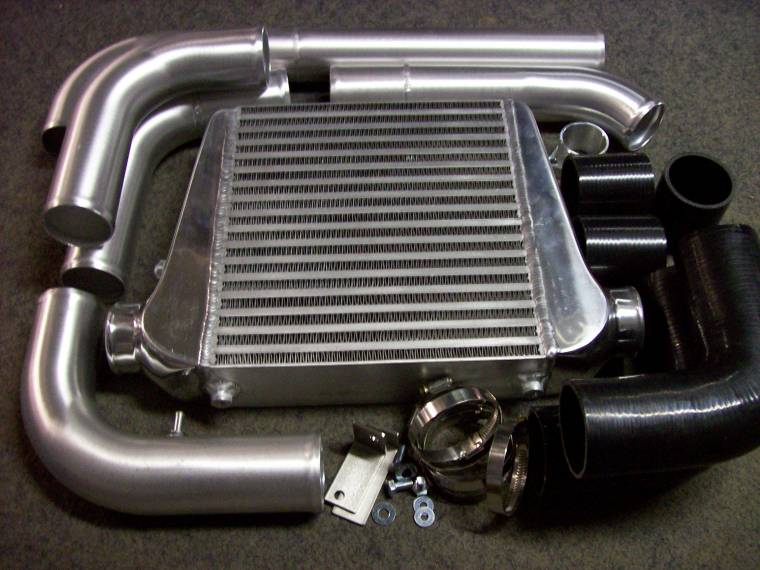
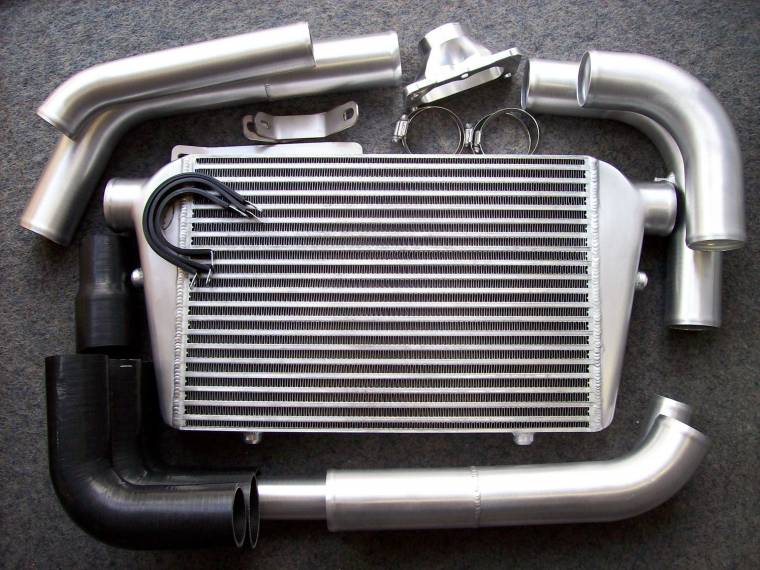
| Standard Features for Intercooler Kits |
| Bar & Plate Intercooler Core |
| Silicone hoses & Clamps |
| Mandrel bent hosing |
| DIY Kit |
| 3 Year Warranty – Unlimited Kms |
